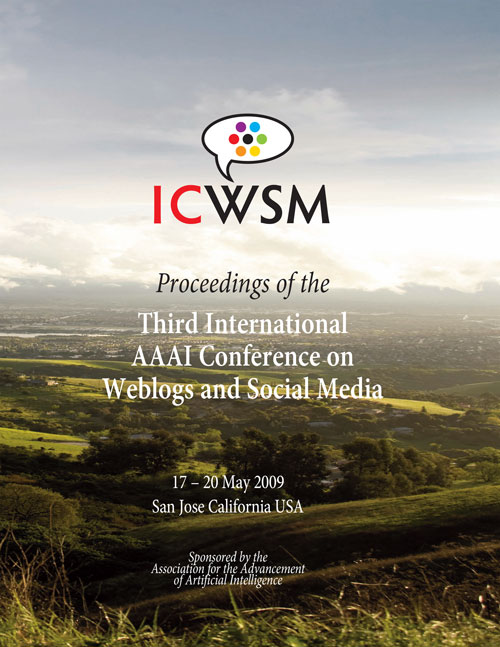Community Structure and Information Flow in Usenet: Improving Analysis with a Thread Ownership Model
DOI:
https://doi.org/10.1609/icwsm.v3i1.13955Keywords:
link analysis, blogs, UsenetAbstract
Studying Usenet provides unique insight into online communities, since there is often a pre-defined space for community interaction. Here, we examine a large set of posts in nearly 200 politically-oriented newsgroups over a period of 4 years, using a unique and novel approach to the analysis. Our study is multi-scale: not only do we examine the newsgroups individually and compare measurements of different groups, but we also examine the relationships between the groups. Since users often post to multiple groups, shared participating authors or cross posts may be a way to assess how closely related, content-wise, two groups may be. However, this also causes some confusion of relevance. To combat this effect, we develop an “ownership” measure of an article to the set of cross-posted groups, based on the posting activity of the author. We show that this ownership measure can greatly improve assessment of information diffusion within and between groups, and suggest using it to improve analysis in other problems.

